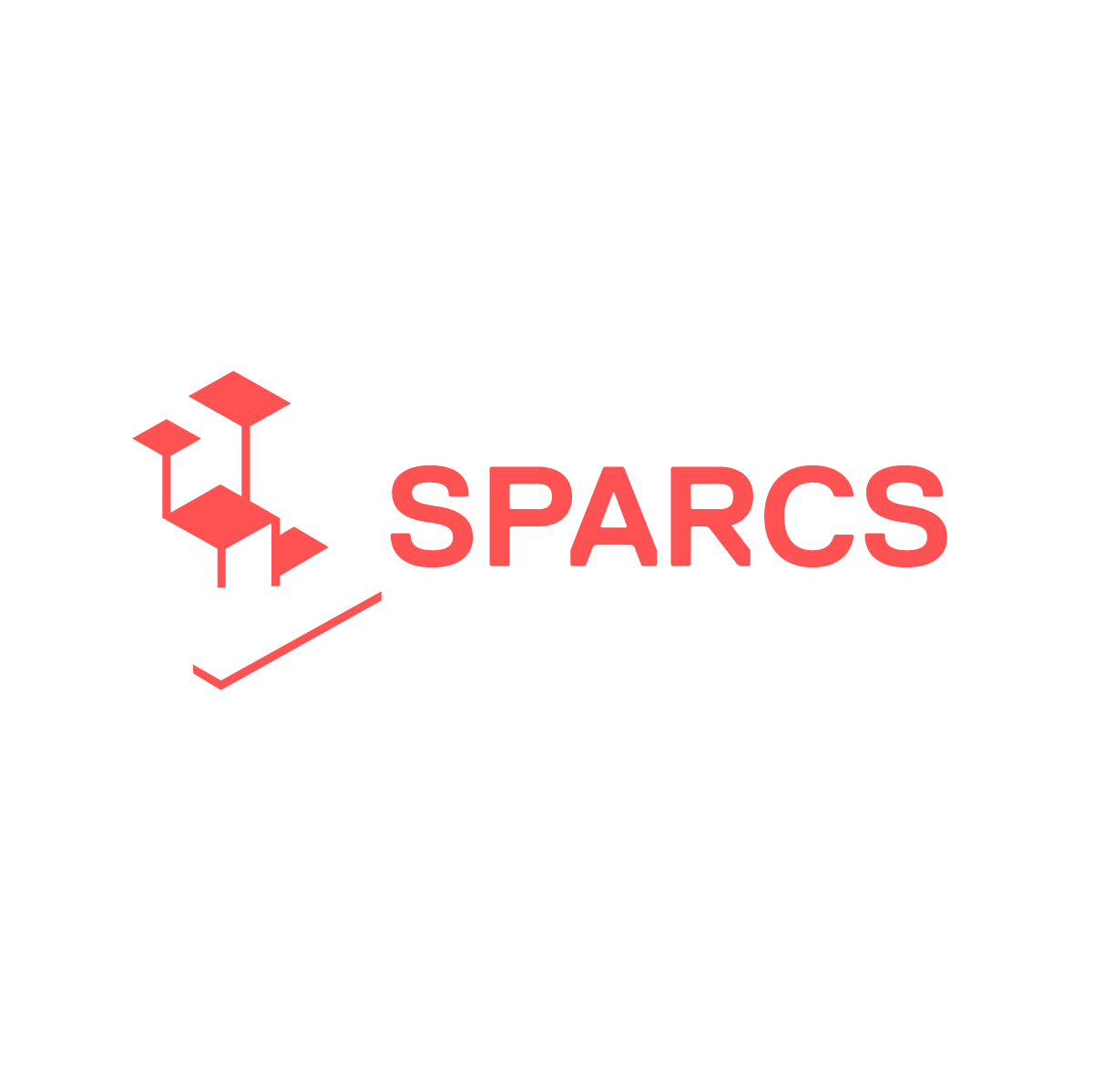Ms. Riemer, what exactly is so new and innovative about the development of a future vision?
Cities are facing major challenges - today more than ever. That's why tools are needed to help them develop ideas about a desirable future together, in a self-determined, local and long-term manner. City Vision 2050 offers a methodological framework, a toolbox that cities can use to develop their ideas.
What is new about it is that, until now, there has been no comprehensive set of tools to meet this requirement in Europe. Also special is that the long-term orientation (30 years into the future) of the future vision encourages those involved to think less about the question of how exactly the goal is to be achieved. Instead, the process allows - with a desirable vision of the future in mind – the consideration of completely new ideas that, from today's perspective, may not yet be feasible.
We are very pleased that we were able to conduct the pilot test with the City of Leipzigs Digital City Department, in order to gain valuable experience and develop it further for the benefit of the other six cities.
Ms. Riedel, how does the Digital City Department intend to achieve the ambitious goal of climate neutrality in Leipzig within the SPARCS project?
The SPARCS approach is to use digital solutions to create networks as a basis for a climate-neutral energy system. The SPARCS project is a pioneering project. It offers room for experimentation. The project opens up the possibility to try out individual solutions which otherwise might not be tested for several years or at all.
The implementation strategy in the SPARCS project is initially limited to smaller areas. If measures on a small scale turn out to be practicable and workable, they can be replicated on a larger scale. At best, we develop a blueprint with which, scaled to the city as a whole, we can achieve the desired climate neutrality.
In the SPARCS project, this only works in an interdisciplinary team of partners at the local level. The cooperation with e.g. the Leipzig public utilities and other companies in the project stimulates the search for new solutions, which ultimately creates synergies. The international exchange with Fellow Cities and Lighthouse Cities on a European level complements this learning process. We also benefit from the close cooperation with the Leipzig University in the field of energy modeling. These findings find practical application in the implementation.
Ms. Riedel, to what extent has the development of a future vision proven to be helpful for the project?
Drafting a picture of the future is a group task that is rather unusual for all participants. Within the framework of SPARCS, we devote ourselves to specific measures in order to be able to derive possible conclusions for future neighborhood planning. But especially with this implementation-oriented approach, group awareness of what we actually want to achieve and how things should play out in the distant future is not always fully given.
With the vision of the future from City Vision 2050, we took the time early on in the project to define the distant but most important goal for us in 2050 more precisely. This is helpful for the project and for the city, because we now have a clearer idea of how each individual SPARCS measure could fit into our vision of a climate-neutral Leipzig in 2050. For us, this is a positive contribution to the fact that we as a team can pursue the great project of climate neutrality in a more targeted manner.
We are building on this result. In our work at the district level, the vision of the future City Vision Leipzig 2050 can help us to make deductions and assumptions about what our common future might look like.
Ms. Riemer, how can other cities benefit from the methodological framework of City Vision 2050?
City Vision 2050 is a new development that is explicitly designed to be emulated in the participating cities of the SPARCS project. These cities will use the material and the provided consulting sessions to create their own City Vision 2050. They profit directly from the experiences made in Leipzig. Fraunhofer IMW also provides an adapted online version, which enables vision formation even under remote conditions.
